Chelsea’s Financial Maneuvering: A Closer Look at Transfer Strategies
Exploring Chelsea’s Transfer Activity
As highlighted in a recent report by The Liverpool Echo, Chelsea’s approach to the transfer market has been notably aggressive, particularly in light of the strict Profit and Sustainability Rules (PSR) set by the Premier League. The club’s strategic use of loopholes within these rules to accommodate their expansive spending raises intriguing questions about the sustainability and fairness of such financial tactics in football.
Chelsea, under Todd Boehly’s leadership, has spent more than £1 billion on player acquisitions, a staggering sum compared to their Premier League counterparts. This includes high-profile signings like Enzo Fernandez and Mykhailo Mudryk, both of whom have been tied down to unusually long contracts of eight-and-a-half years. This method of amortisation allows the club to spread the cost over a longer period, thereby easing the immediate impact on their financial reports. As The Liverpool Echo details, “Mudryk’s deal is understood to be accounted for at £10m per year, as opposed to one lump sum.”
Financial Strategy and Premier League Regulations
This amortisation strategy is just one part of Chelsea’s broader approach to navigating through the financial restrictions imposed by the league. The club has also leveraged the value of homegrown players, a tactic that came to the fore with the £55 million sale of Mason Mount to Manchester United. Such sales are reportedly treated as ‘pure’ profit, giving Chelsea a significant financial relief and helping them stay within the PSR limits.
However, UEFA has stepped in to cap the maximum duration for spreading transfer payments to five years, potentially curtailing Chelsea’s ability to use this strategy in the future. This adjustment might force Chelsea and other clubs to rethink their financial strategies moving forward.
Liverpool’s Conservative Approach in Contrast
In stark contrast to Chelsea’s flurry of activity, Liverpool has been relatively quiet in the transfer market. This difference in approach might reflect a more cautious strategy towards financial compliance or perhaps a different assessment of team needs and player valuations.
Long-Term Implications for Chelsea and the Premier League
While Chelsea’s strategies have so far kept them within the legal confines of financial fair play, they skate dangerously close to the limits, with a pre-tax loss of £90 million reported, nearing the £105 million threshold allowed. This high-wire financial act poses significant risks. Not only does it place the club’s long-term financial health in potential jeopardy, but it also raises broader questions about the effectiveness and enforcement of financial regulations within the sport.
The strategic sale of non-player assets, such as hotel buildings, to affiliated companies has also been a part of Chelsea’s tactics to balance the books. While such deals have been scrutinised and stopped in other leagues, the Premier League has yet to clamp down on these practices, allowing Chelsea to exploit another angle for financial compliance.
Ultimately, the ongoing use of these financial manoeuvres by Chelsea may prompt a reassessment of the rules governing financial fair play in football. The club’s ability to repeatedly find and utilise loopholes could lead to tighter regulations and more stringent monitoring by governing bodies to ensure a level playing field.
In conclusion, Chelsea’s current transfer and financial strategies, as reported by The Liverpool Echo, reveal a complex picture of innovation and exploitation. These tactics, while currently legal, highlight the need for ongoing dialogue and potentially more robust regulations to govern financial practices in football. As the landscape evolves, so too must the rules that ensure fair play and financial sustainability within the sport.




